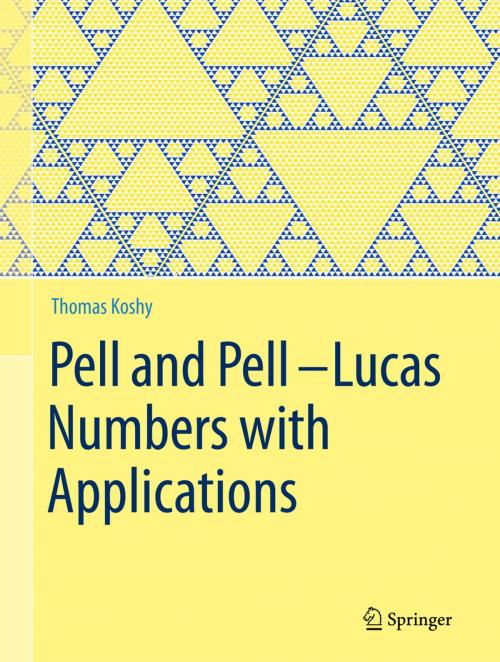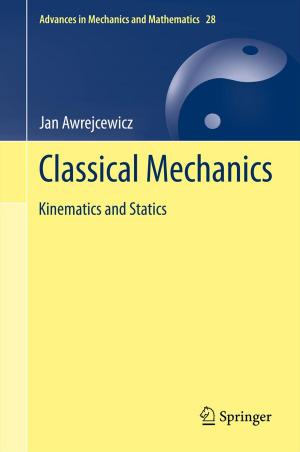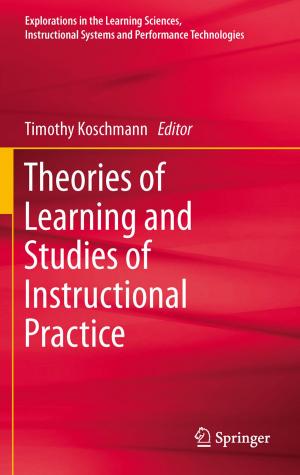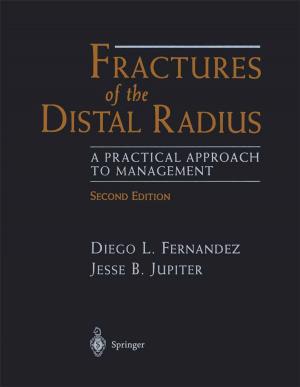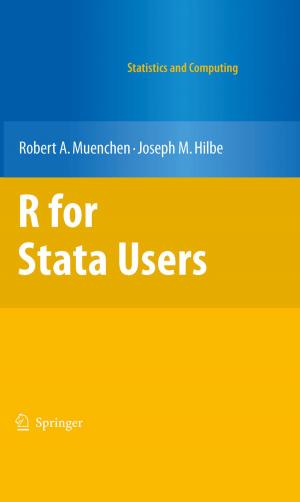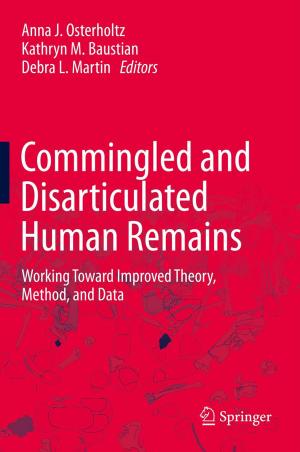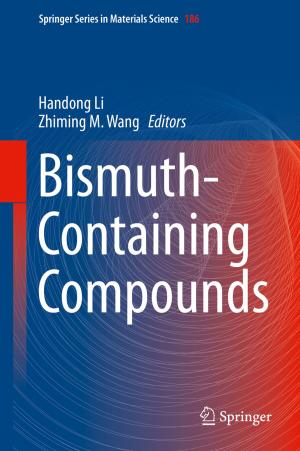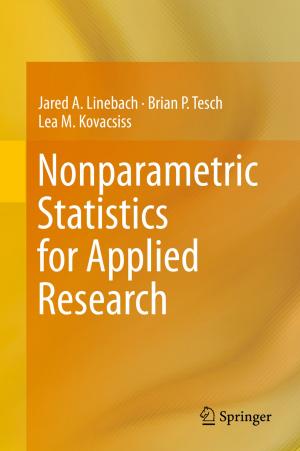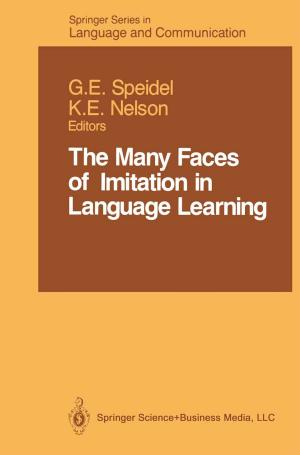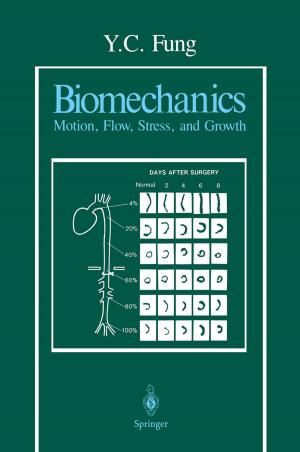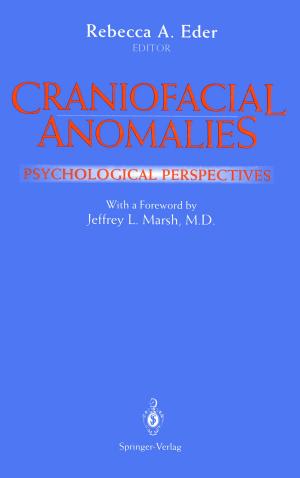Pell and Pell–Lucas Numbers with Applications
Nonfiction, Science & Nature, Mathematics, Number Theory, Logic| Author: | Thomas Koshy | ISBN: | 9781461484899 |
| Publisher: | Springer New York | Publication: | November 11, 2014 |
| Imprint: | Springer | Language: | English |
| Author: | Thomas Koshy |
| ISBN: | 9781461484899 |
| Publisher: | Springer New York |
| Publication: | November 11, 2014 |
| Imprint: | Springer |
| Language: | English |
Pell and Pell–Lucas numbers, like the well-known Fibonacci and Catalan numbers, continue to intrigue the mathematical world with their beauty and applicability. They offer opportunities for experimentation, exploration, conjecture, and problem-solving techniques, connecting the fields of analysis, geometry, trigonometry, and various areas of discrete mathematics, number theory, graph theory, linear algebra, and combinatorics. Pell and Pell–Lucas numbers belong to an extended Fibonacci family as a powerful tool for extracting numerous interesting properties of a vast array of number sequences.
A key feature of this work is the historical flavor that is interwoven into the extensive and in-depth coverage of the subject. An interesting array of applications to combinatorics, graph theory, geometry, and intriguing mathematical puzzles is another highlight engaging the reader. The exposition is user-friendly, yet rigorous, so that a broad audience consisting of students, math teachers and instructors, computer scientists and other professionals, along with the mathematically curious will all benefit from this book.
Finally, Pell and Pell–Lucas Numbers provides enjoyment and excitement while sharpening the reader’s mathematical skills involving pattern recognition, proof-and-problem-solving techniques.
Pell and Pell–Lucas numbers, like the well-known Fibonacci and Catalan numbers, continue to intrigue the mathematical world with their beauty and applicability. They offer opportunities for experimentation, exploration, conjecture, and problem-solving techniques, connecting the fields of analysis, geometry, trigonometry, and various areas of discrete mathematics, number theory, graph theory, linear algebra, and combinatorics. Pell and Pell–Lucas numbers belong to an extended Fibonacci family as a powerful tool for extracting numerous interesting properties of a vast array of number sequences.
A key feature of this work is the historical flavor that is interwoven into the extensive and in-depth coverage of the subject. An interesting array of applications to combinatorics, graph theory, geometry, and intriguing mathematical puzzles is another highlight engaging the reader. The exposition is user-friendly, yet rigorous, so that a broad audience consisting of students, math teachers and instructors, computer scientists and other professionals, along with the mathematically curious will all benefit from this book.
Finally, Pell and Pell–Lucas Numbers provides enjoyment and excitement while sharpening the reader’s mathematical skills involving pattern recognition, proof-and-problem-solving techniques.
